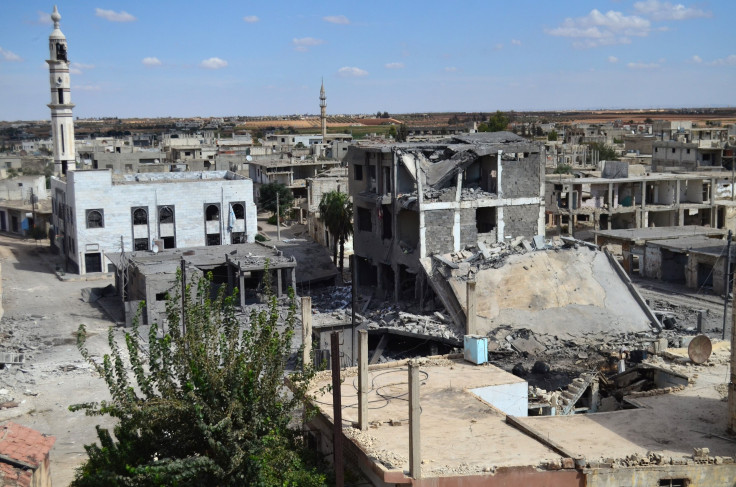Russian Parliament Approves Airstrikes Against ISIS In Syria

The Federation Council of Russia on Wednesday approved Russian President Vladimir Putin's request to use the country's airpower against the so-called Islamic State group in Syria.
The upper house of Russia's parliament unanimously voted for Putin's request, with 162 votes in favor of granting permission to deploying the Russian air force in Syria, Russia's Tass news agency reported.
While the Kremlin reportedly confirmed the deployment of Russian forces to help Syrian President Bashar Assad, Sergey Ivanov, head of the Russian Presidential Administration, told media that the large number of Russians joining terrorist groups in Syria was also one of the reasons for the military action, Russia Today reported.
“There are thousands of them, and it would be a threat to Russia’s security,” Ivanov said, adding that the airstrikes against ISIS would only be considered at the request of Assad, one of Russia’s longtime allies.
رئاسة الجمهورية العربية السورية: إرسال القوات الجوية الروسية إلى #سورية تم بطلب من الدولة السورية. pic.twitter.com/QGkdE16A9x
— Syrian Presidency (@Presidency_Sy) September 30, 2015The latest move by the Kremlin is considered a fresh step to fortify Russia’s military buildup in Syria. So far Russia has reportedly deployed about half a dozen T-90 tanks, 15 howitzers, 35 armored personnel carriers, 200 marines and housing for as many as 1,500 personnel in Syria.
At the same time, Putin has opposed Western nations interfering in Syria. Most recently, when the U.S. and France called Monday for Assad's regime to be ousted, Putin reiterated that the two countries have no say in Syrian affairs, and that it would be an enormous mistake not to support Assad, BBC reported.
© Copyright IBTimes 2024. All rights reserved.





















